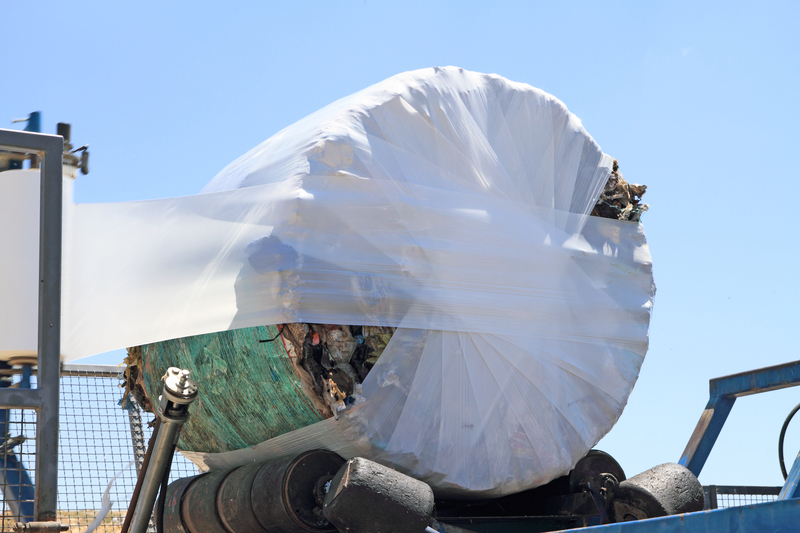Innovative Waste Types Fueling Renewable Energy
The global push towards sustainable energy solutions is leading to innovative methods of converting waste into valuable energy resources. As the world grapples with the twin challenges of waste management and energy scarcity, technologies that utilize waste to generate renewable energy have emerged as highly promising.
Understanding Waste-to-Energy Conversion
Waste-to-energy (WtE) technologies convert various types of waste into usable forms of energy, such as electricity, heat, and fuels. This process not only reduces the volume of waste sent to landfills but also contributes to a commercially viable energy source. These technologies lie at the intersection of environmental conservation and the energy sector, making significant contributions to renewable energy portfolios worldwide.
Types of Waste Used in Renewable Energy
Innovative waste types fueling renewable energy are not limited to traditional municipal waste. From agricultural residues to industrial by-products, the possibilities are expanding rapidly. Below are some exciting categories:
- Biomass waste: Including forestry residues, agricultural waste, and animal manure, biomass waste is rich in organic material that can be converted into bioenergy.
- Organic municipal waste: This includes food scraps and yard waste, primarily handled through anaerobic digestion or composting to produce biogas and soil amendments.
- Industrial waste: Many industries produce by-products that have energy potential, such as pulp and paper, or breweries that create organic waste suited for energy production.
- Electronic waste: Though more challenging to recycle directly into energy, when managed properly, components of e-waste can serve in energy recovery systems.

Innovative Technologies in Waste-to-Energy Conversion
With advancements in technology, new methods are continuously emerging that efficiently harness waste for energy production. Some groundbreaking technologies in this field include:
1. Anaerobic Digestion
An established method that involves breaking down organic matter in the absence of oxygen, anaerobic digestion produces biogas and rich organic fertilizers. It is used extensively for sewage treatment and agricultural waste management. The biogas produced can be utilized for generating electricity or refined into renewable natural gas (RNG).
2. Pyrolysis and Gasification
These thermal processes are gaining popularity due to their ability to convert a wide range of waste materials into syn-gas or oil without direct combustion. Both methods involve breaking down the waste material at high temperatures in controlled environments. Syn-gas serves as a clean, versatile energy resource with lower carbon footprints compared to fossil fuels.
3. Incineration with Energy Recovery
Although traditional incineration faced criticism for emission concerns, modern facilities utilize advanced technology to convert waste to electricity while minimizing pollutants. This process involves controlled combustion, capturing energy to generate steam for turbines and district heating systems.

The Benefits of Waste-to-Energy Innovations
These innovative waste-to-energy approaches offer a myriad of benefits, both environmentally and economically:
- Reduction in landfill waste: By transforming waste into energy, the volume of waste directed to landfills decreases significantly, mitigating environmental impact.
- Energy diversification: Waste-to-energy contributes to a varied and reliable energy mix that enhances stability and reduces reliance on fossil fuels.
- Greenhouse gas reduction: Capturing methane from waste for energy generation prevents it from releasing into the atmosphere, offering significant climate benefits.
- Economic growth: Developing and implementing these technologies creates job opportunities and attracts investments into sustainable energy infrastructure.
Challenges and Considerations
While waste-to-energy conversion stands out as a sustainable option, it must overcome several challenges:
- Technological advancements are required to ensure the maximum efficiency and minimum emissions of new systems.
- Cultural acceptance and regulatory support are crucial for the widespread adoption of waste-to-energy projects.
- The sourcing and sorting of waste materials can be resource-intensive, demanding innovations in collection frameworks.
- Long-term economic viability requires robust markets for by-products, such as biochar, ash, and digestate.
The Future of Waste as a Renewable Energy Resource
Looking ahead, the continuous development of innovative technologies presents a promising future for waste-to-energy solutions. As we strive for a carbon-neutral future, these technologies will play a pivotal role in the global energy transition. Moreover, they stand as a testament to the principle of circular economies, transforming waste problems into sustainable opportunities.
With further research, investment, and global collaboration, waste-to-energy technologies can become integral components in the tapestry of global renewable energy solutions, bringing a cleaner and more sustainable future within reach.
Waste-to-energy innovations embody hope for dwindling urban resources and play a fundamental role in combating climate change, forging a balanced relationship between human activity and nature. As waste management strategies align with renewable goals, the world moves closer to achieving sustainable development and energy independence.